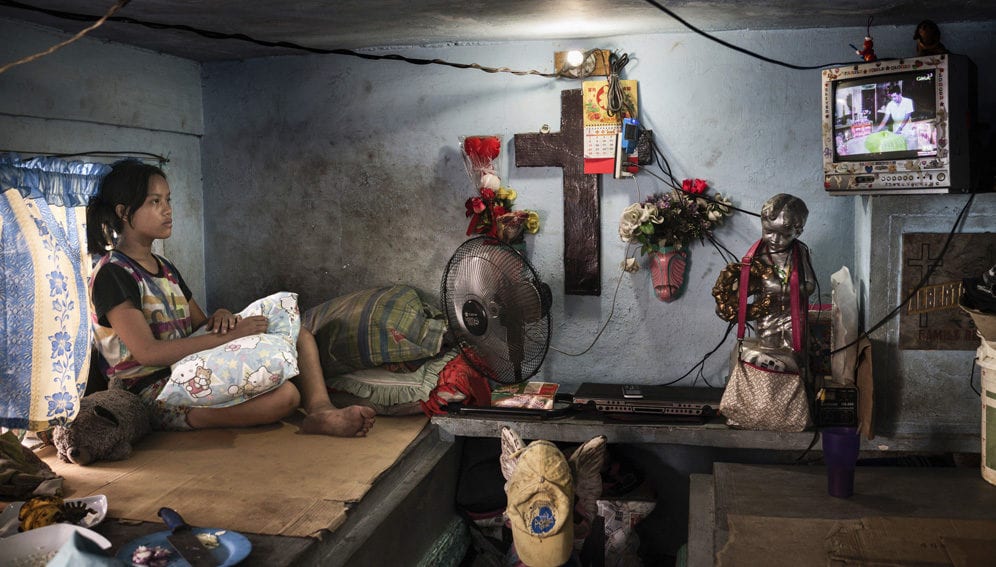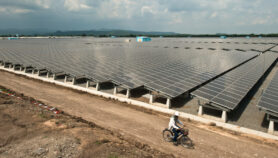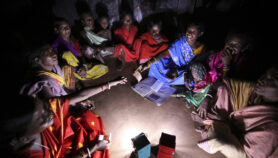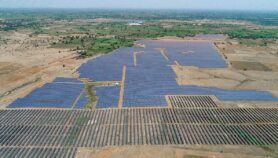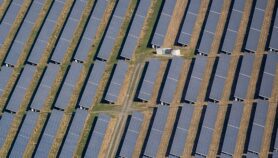By: Sanjeet Bagcchi
Send to a friend
The details you provide on this page will not be used to send unsolicited email, and will not be sold to a 3rd party. See privacy policy.
[NEW DELHI] As health risks rise with global temperatures, a new study estimates that between 1.8 – 4.1 billion people living in the developing countries of South Asia, South-East Asia, Sub-Saharan Africa and Latin America lack access to resources and technology to cool their living spaces.
“Addressing the lack of access to thermal comfort has important implications for reducing the risk of heat-related deaths and dysfunction and improving the well-being of billions of people in the Global South,” Alessio Mastrucci, an author of the study and researcher at the Vienna-based International Institute for Applied Systems Analysis (IIASA), tells SciDev.Net.
“The implication of this study is that the current SDG for energy (SDG7) understates the extent of energy poverty, when considering that several billion people in the Global South lack affordable cooling technologies and face the risk of heat stress-related health impacts”
Narasimha Rao, Yale University
Universal access to electricity and adequate and affordable housing are prerequisites to accessing cooling technologies. Achieving these is closely linked to meeting several of sustainable development goals (SDGs) mandated by the UN, the study notes.
A press release (7 February) on the IIASA study notes that there is a dearth of research around the point where adverse climate conditions and poverty converge. Additionally, the researchers have, for the first time, estimated residential cooling needs and the costs of providing access to cooling technologies in the Global South.
Narasimha Rao, co-author of the study and assistant professor of energy systems at Yale University in the US, says that South Asia, Africa, Middle East, East Asia, China, the Central Asian Republics and Latin America have “tropical and subtropical climate and contain the world’s poor”.
The researchers looked at the energy demand to meet cooling needs of populations exposed to heat stress, taking into account climate, type of housing, access to electricity and ownership of air conditioners.
“We estimate that between 1.8 and 4.1 billion people in the Global South, with a median of 3.7 billion for 26 degrees Celsius set point threshold and at least five days of annual exposure, are potentially exposed to heat stress in their homes,” says Rao. He adds that the energy demand to cool these homes may be as high as 14 per cent of current residential electricity demand.
There are, says Mastrucci, important interconnections and potential synergies between filling the “cooling gap” and reaching many of the SDGs. Some of these are affordable and clean energy, reduced poverty, good health and wellbeing, and sustainable cities and communities.
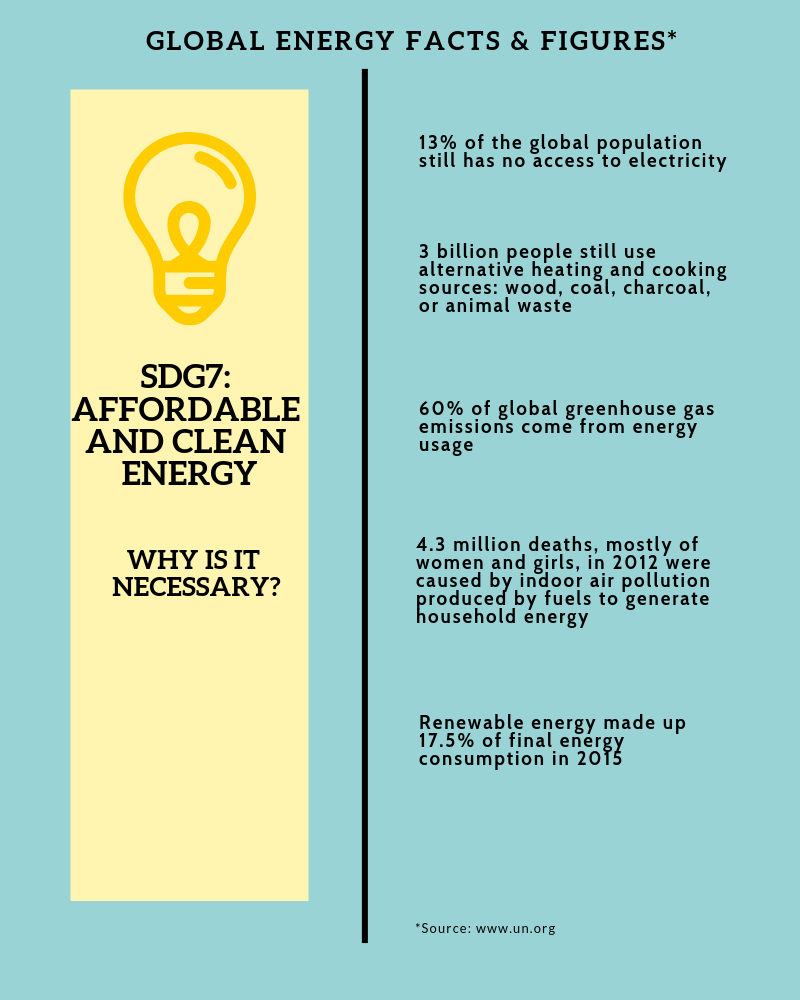
The results of the study indicate that closing the gap would require an average growth in energy demand of 14 per cent of current global residential electricity consumption, primarily for air conditioning which has significant cost and environmental implications.
“The implication of this study is that the current SDG for energy (SDG7) understates the extent of energy poverty, when considering that several billion people in the Global South lack affordable cooling technologies and face the risk of heat stress-related health impacts,” Rao tells Scidev.Net. SDG7 calls for providing universal access to modern, affordable and reliable energy by 2030, including both electricity and clean cooking stoves and fuels, he adds.
Timely policies to make air conditioning technologies efficient and affordable and to improve the design of residential areas in order to reduce heat island effects could be a win-win for both the climate and development, the study notes.
This piece was produced by SciDev.Net’s Asia & Pacific desk.


